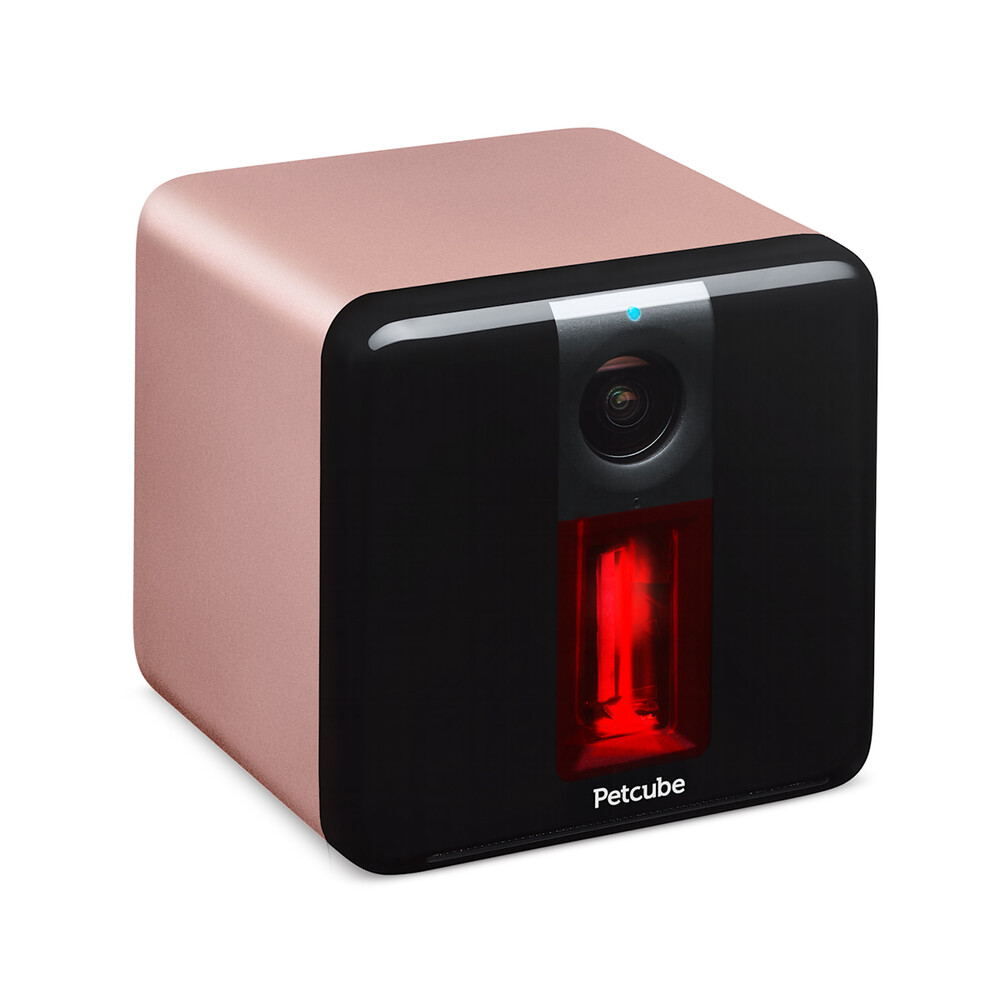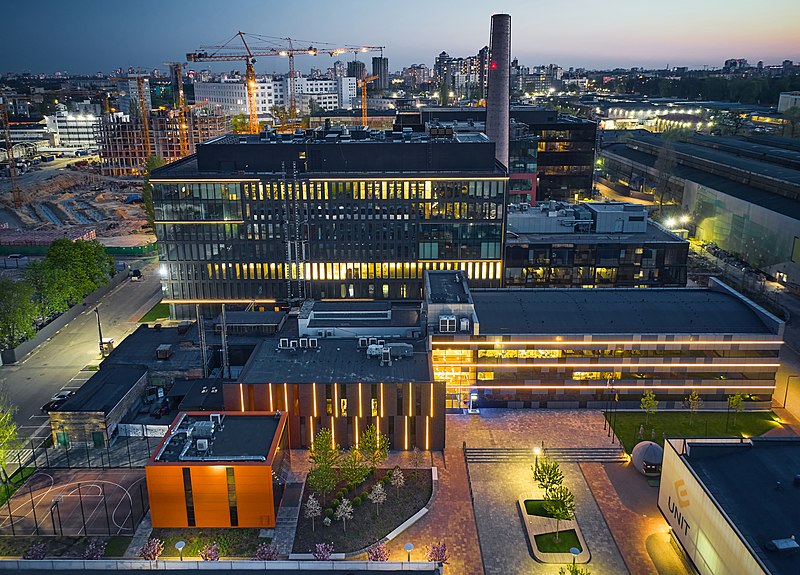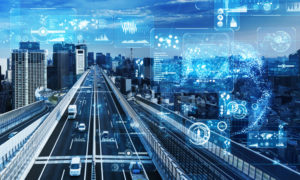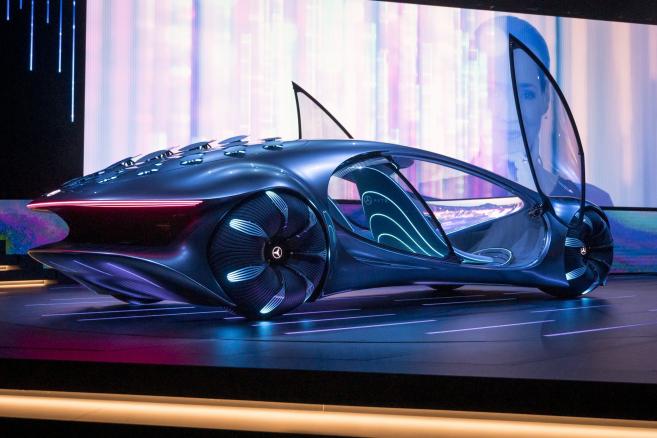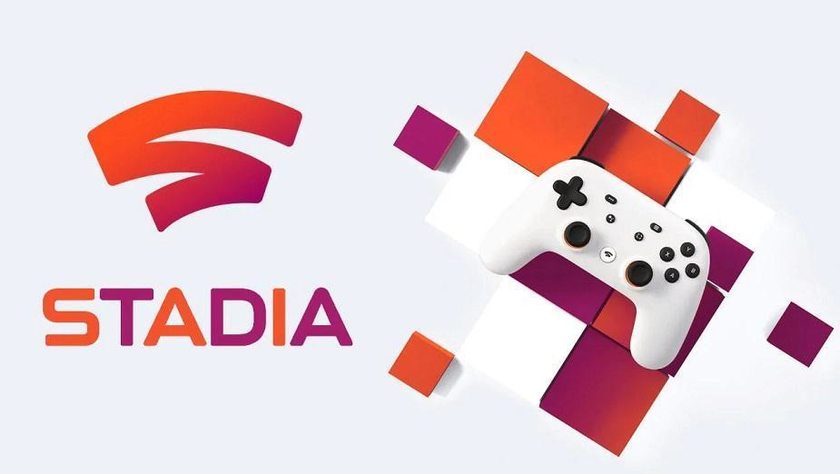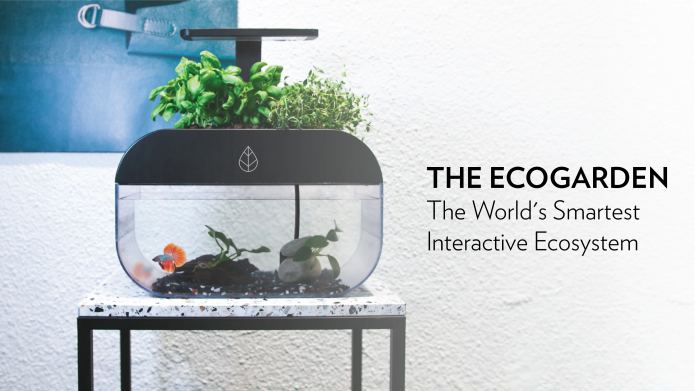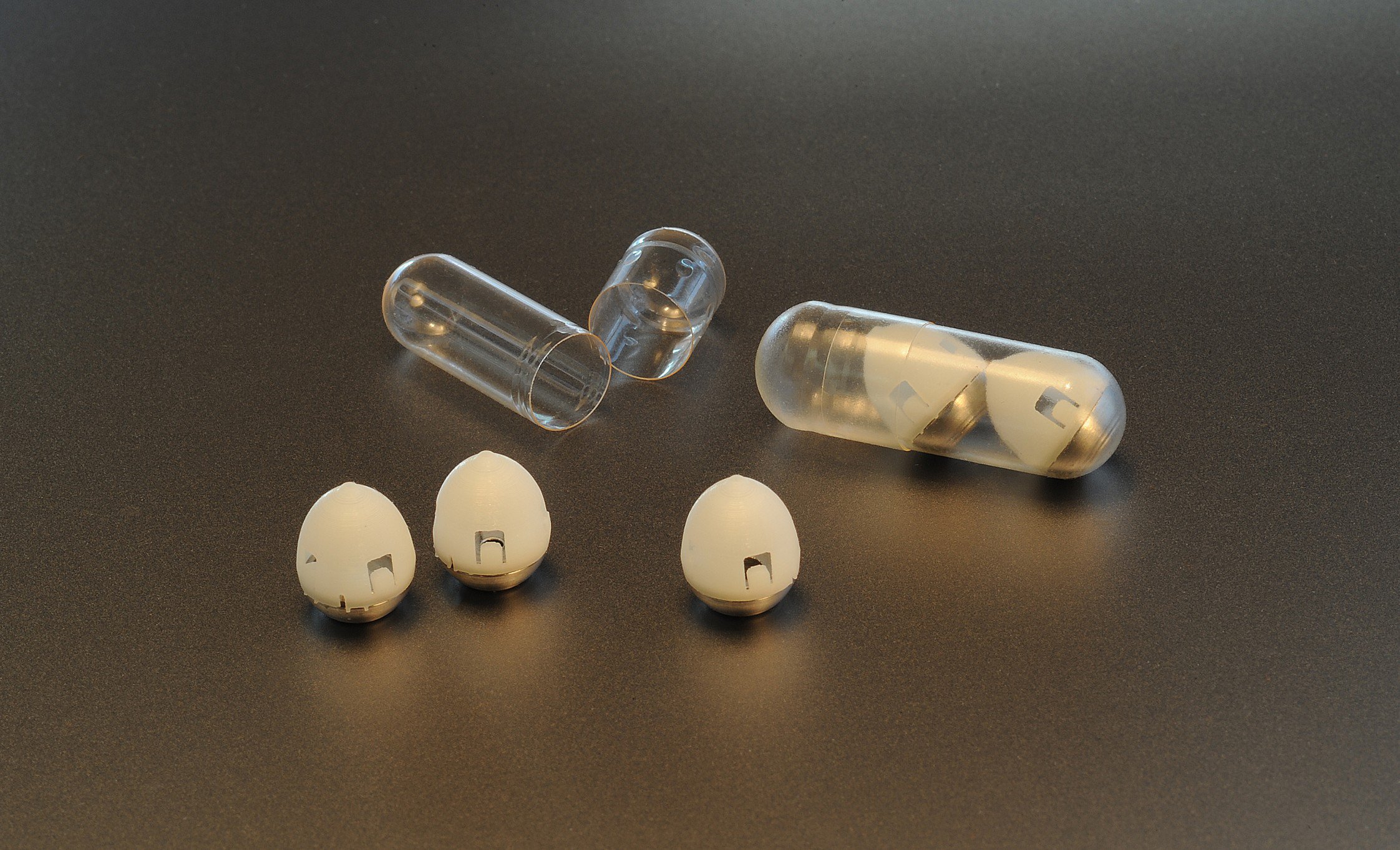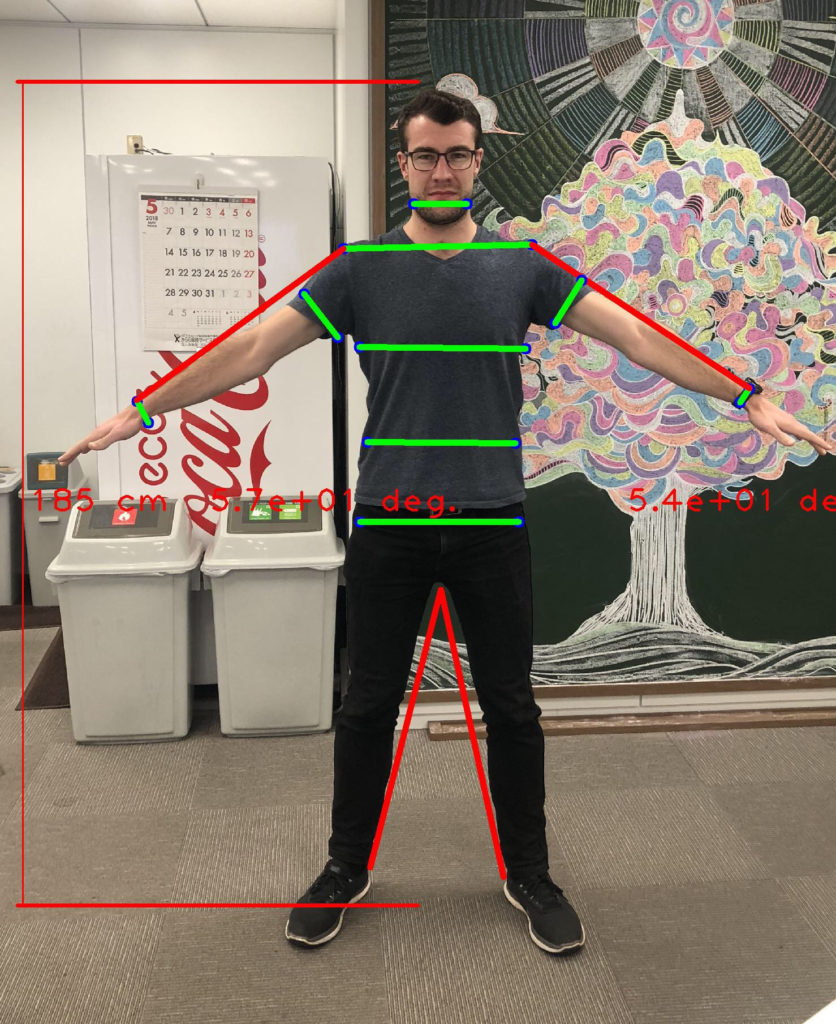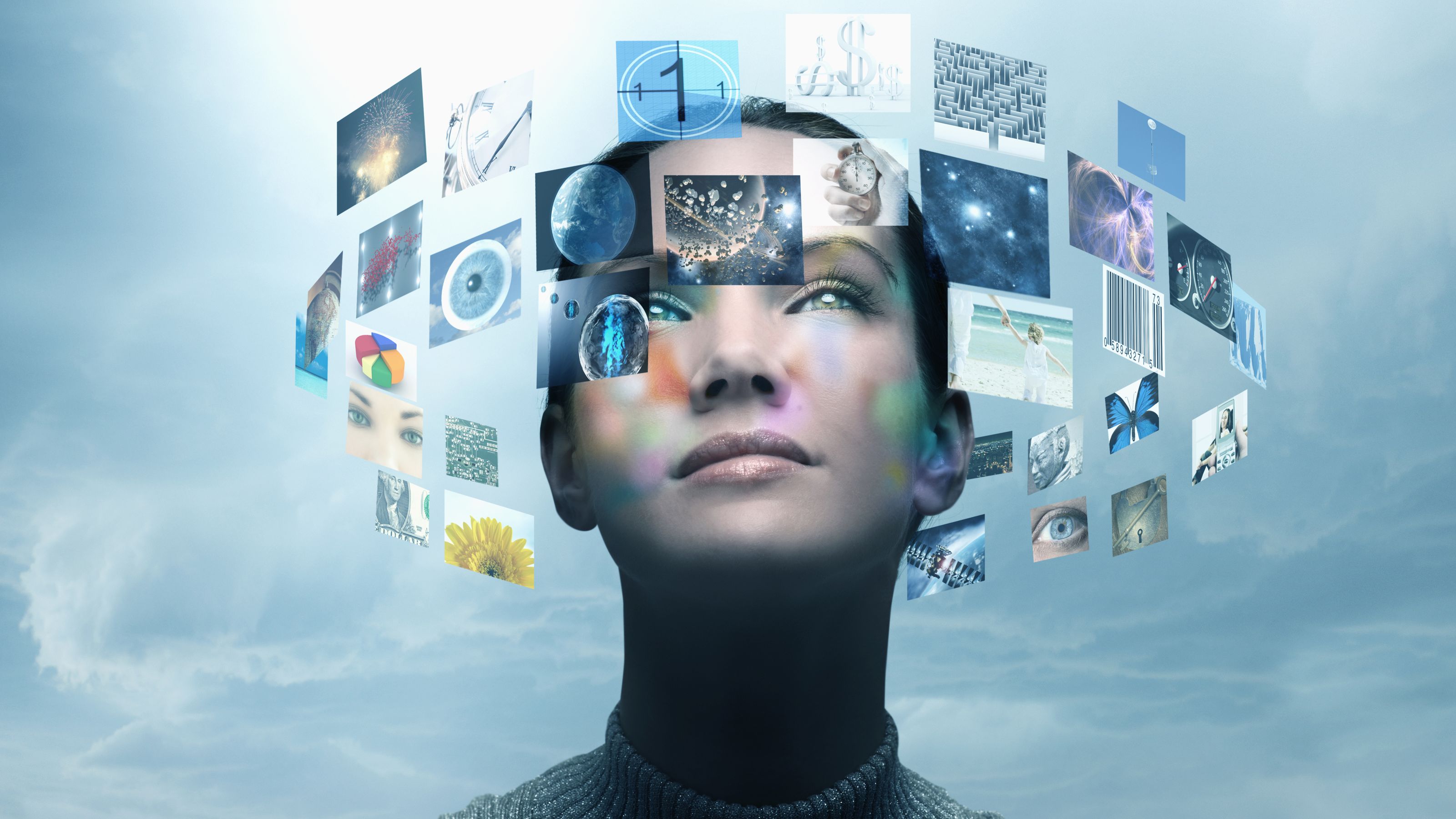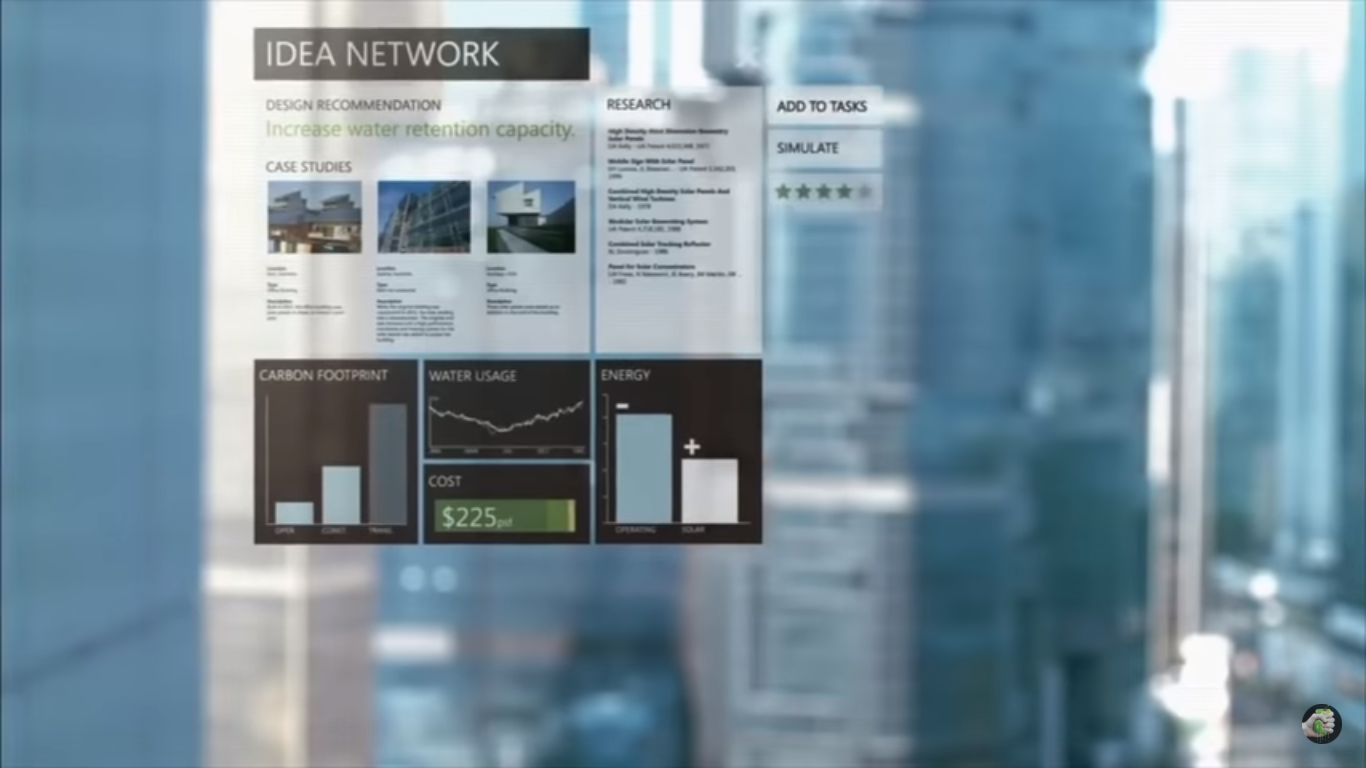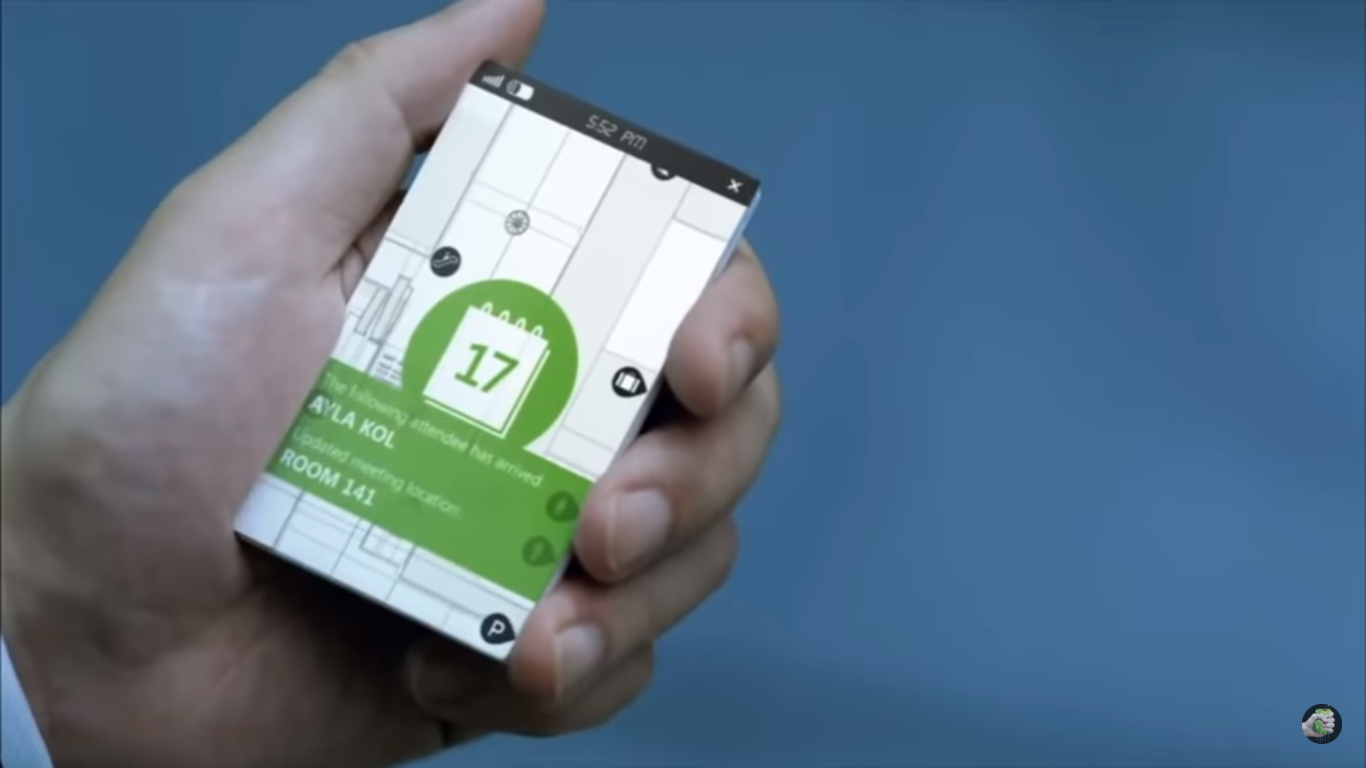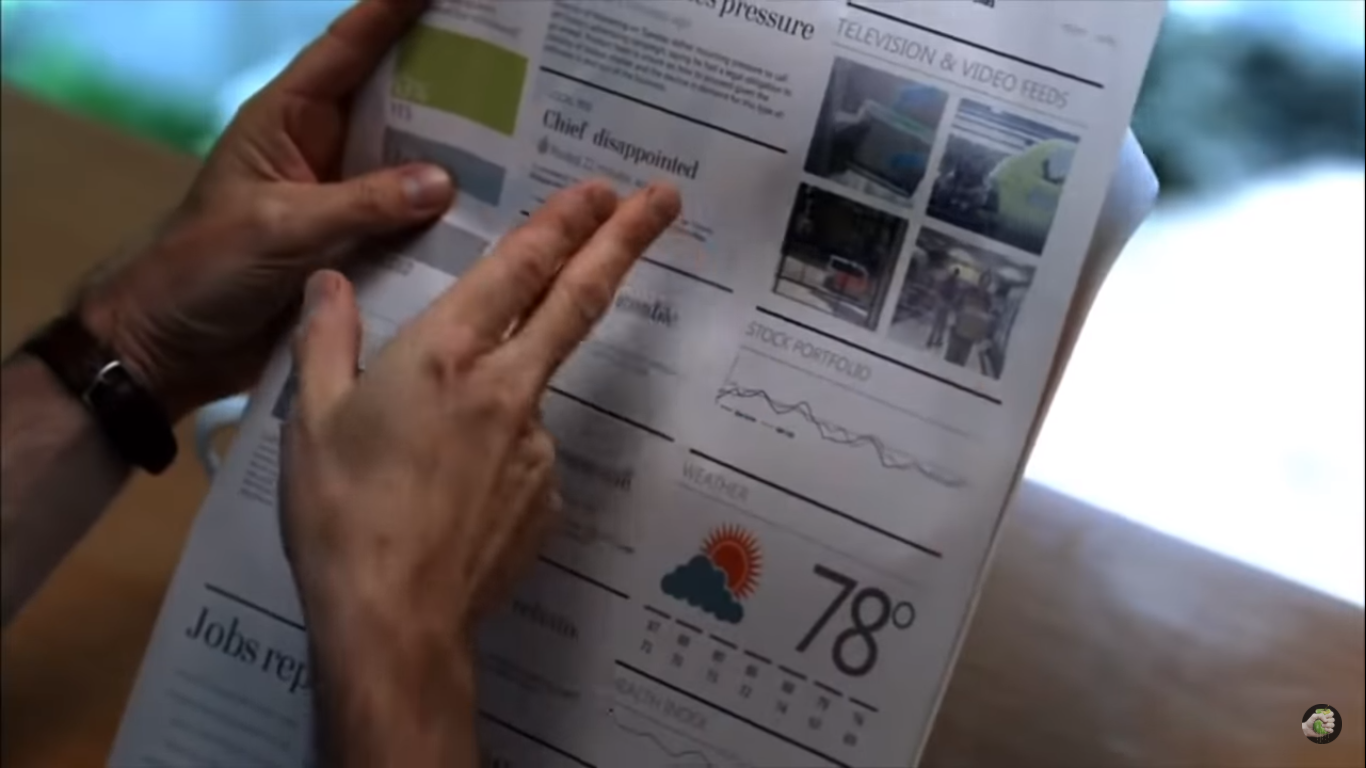by Lev Hladush
In my previous article, UNIT.CITY AND THE FUTURE OF TECHNOPARKS, I briefly mentioned FabLab Fabricator – a lab of rapid prototyping and R&D. At that time I didn’t know that around 2,000 more such laboratories already exist in the world. This topic seemed to be interesting and worthy of further research. And after closer examination, I am ready to say that fab labs can change the way we perceive production of goods completely.
So what is “fab lab”?
The idea of fab labs was conceived by inventor and scientist Neil Gershenfeld, who is a professor at MIT and the director of MIT’s Center of Bits and Atoms. His idea was a simple one: to provide the environment, skills, advanced materials and technology to make things cheaply and quickly anywhere in the world, and to make this available on a local basis to entrepreneurs, students, artists, small businesses and in fact, anyone who wants to create something new or bespoke. The goal is to personalise fabrication.
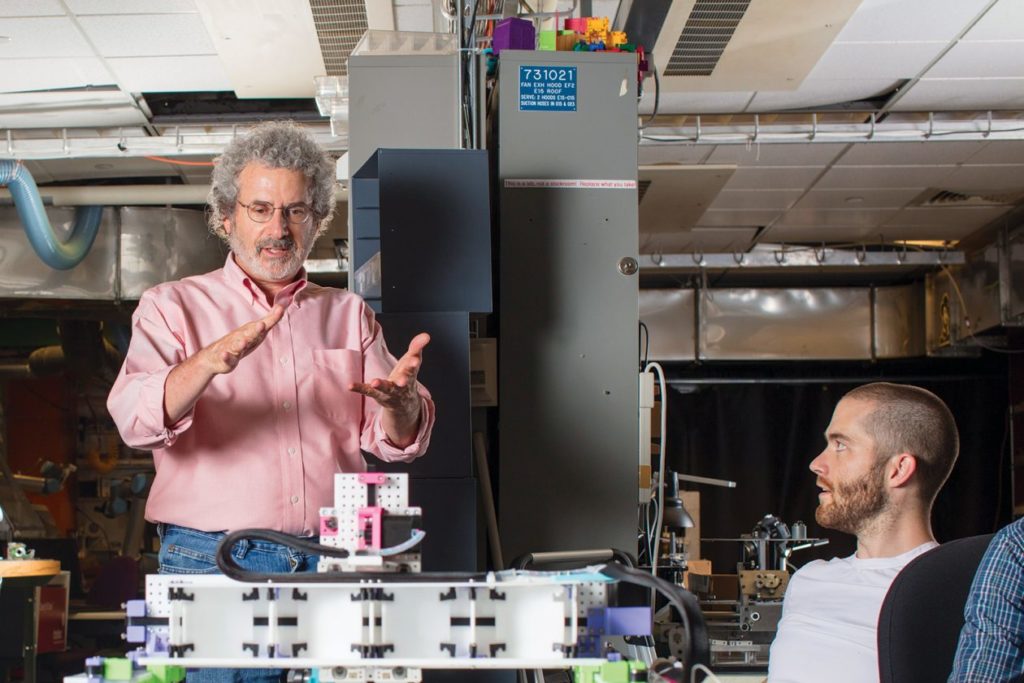
The first ever FabLab could provide the number of most-used tools and processest, including 3-D printing, scanning, and design; laser cutting, machining, molding, and casting; and electronics production, assembly, and programming.
Nowadays, the range is much wider. Flexible manufacturing equipment within a fab lab may include:
- Mainly, a rapid prototyper: typically a 3D printer of plastic or plaster parts
- 3-axis CNC machines: 3 or more axes, computer-controlled subtractive milling or turning machines
- Printed circuit board milling or etching: two-dimensional, high precision milling to create circuit traces in pre-clad copper boards
- Microprocessor and digital electronics design, assembly, and test stations
- Cutters, for sheet material: laser cutter, plasma cutter, water jet cutter, knife cutter.
In his interview with Discover Magazine on the question what personal fabrication might be useful for, Gershenfeld said, “There is a surprising need for emergent technologies in many of the least developed places on the planet. While our needs might be fairly well met, there are billions of people on the planet whose needs are not. Their problems don’t need incremental tweaks in current technology, but a revolution”.
But even for the conventional businesses there are a lot of benefits to use fab labs. From the managerial and economical point of view it includes: reducing product cost, optimizing production process, getting your employees acquainted with modern technologies. Fab lab is a creative environment for startups, entrepreneurs, innovators, enthusiasts, craftsmen, artists, designers, engineers, scientists. While creativity can’t be measured in money, it is certainly a big plus for the company. And these are just the main points, the list goes on and on.
A fine example – FabLab Fabricator
FabLab Fabrcator is a fabrication laboratory located in Kyiv, Ukriane.
They haven’t been on the market for a long time, but they already have a number of customers, mainly innovative and intriguing start-ups(such as nuka, PetCube and RAWR).
The core distinction between FabLab Fabricator and other companies in this sphere is that FabLab Fabricator focuses not only on production. They have three explicit goals:
1. Education
FabLab Fabricator conduct different educational courses, both fee-paying and free-of-charge. Level of complexity also varies, so it does not matter if people who take these courses are familiar with the such processes as 3D printing, laser cutting or wood carving or not. Anyone can find something for themselves.
2. R&D
Even supposing that you don’t have a project ready for production immediately, the R&D team scientists possess skills needed to translate it to reality in a month or two.
3. Small-scale 3D printing
This advantage is not unique to FabLab Fabricator. It is common among many the fabrication laboratories around the globe. Yet, it is still a strong argument backing the choice of this particular type of production facility.
What’s with the vision for the future of fabrication?
More or less, the whole concept is already established. The future steps for Neil Gershenfeld and his team is to beat the last major issue – heavy reliance on a global supply chain for their inputs – fabrication labs can’t yet make things like integrated circuits or precision bearings. The solution they have is extremely simple but very original. Rapid prototyping of rapid prototyping so that a fab lab can make a fab lab. After that, citing the Neil once again: “We’re replacing additive and subtractive processes with assembly and disassembly to create the full range of technologies from a small set of building blocks, as happens in biological systems. And, finally, we’re eliminating the distinction between machines and materials by coding the construction of self-reproducing systems.”
Of my own, I would also add that it is important to expand the network of laboratories. Ideally having one in each major city. All in all, it is not hard to understand that all business are part of interlinked system, forming the local and global economics like a clockwork. Access to instruments, knowledge and teaching of practical and technical skills provided by fab labs will boost local makers and start-ups courage to think and create their own projects, which in return will promote economical growth.


